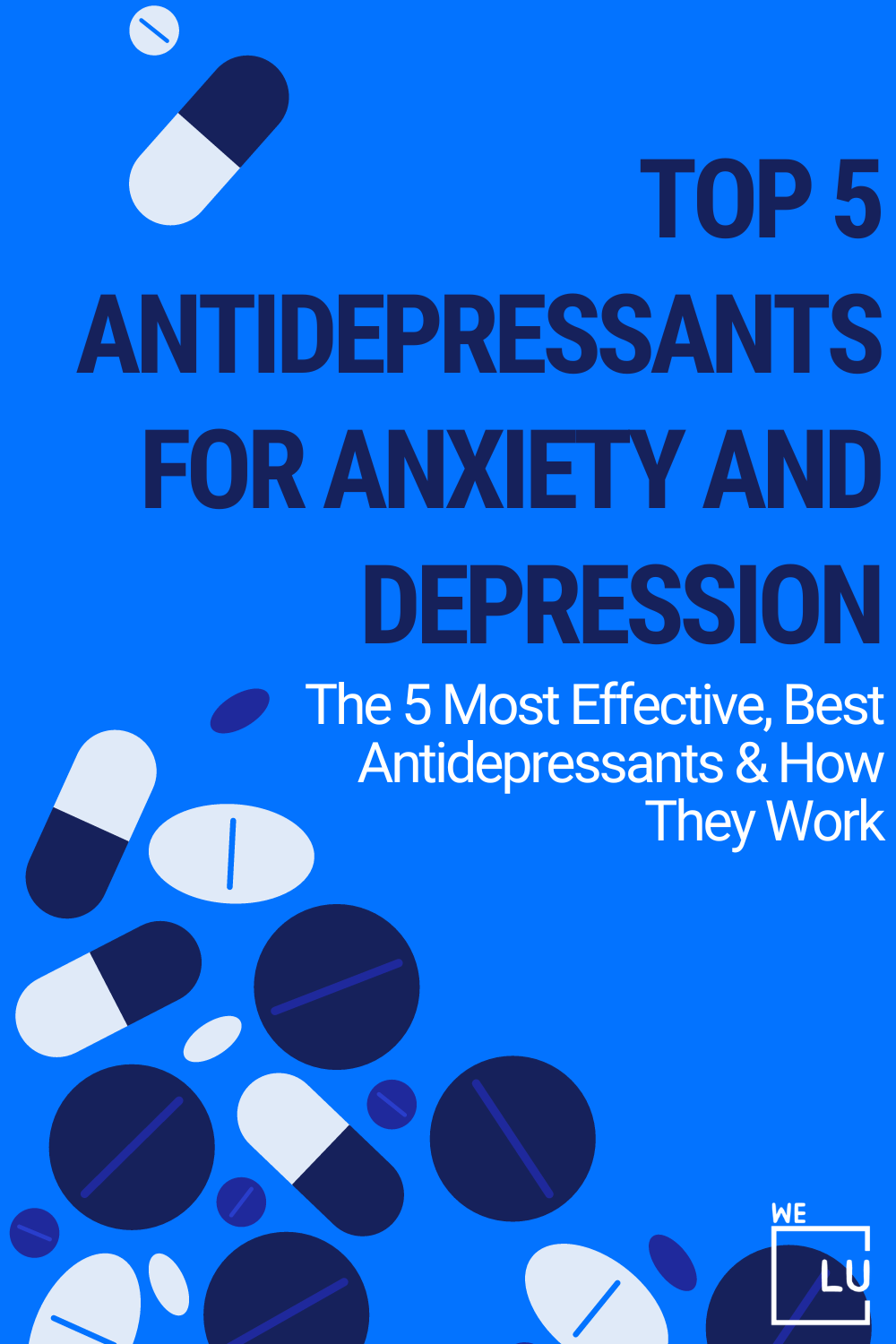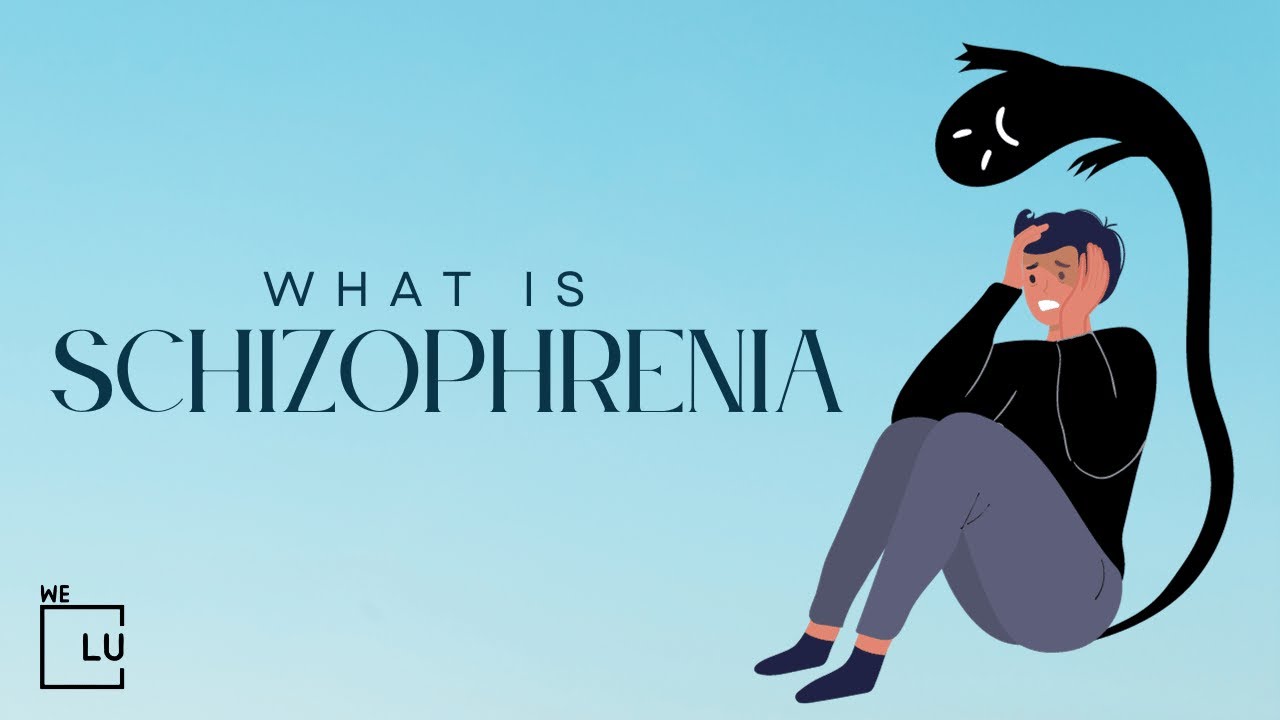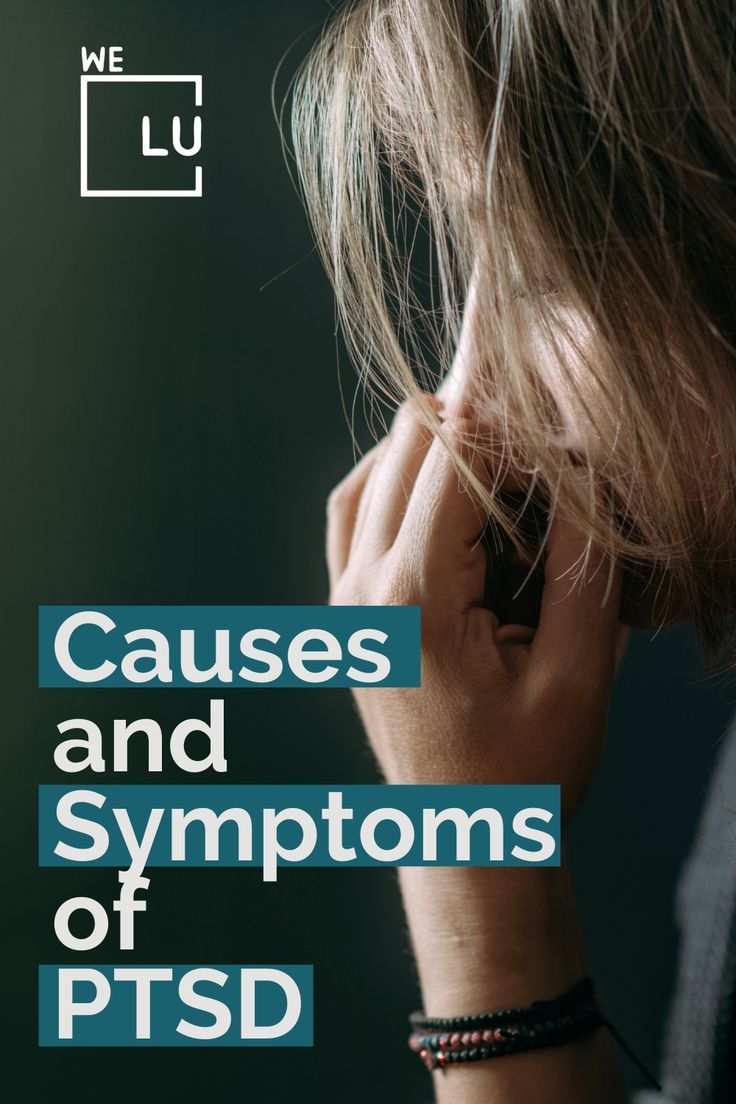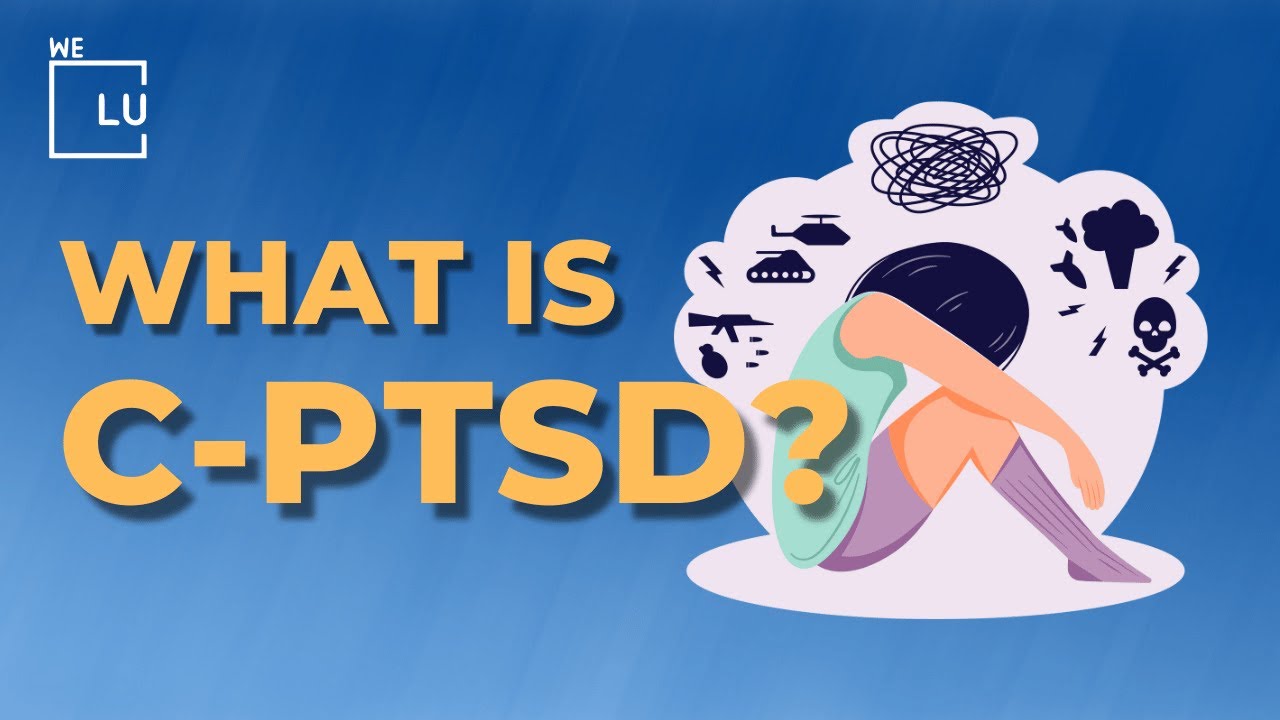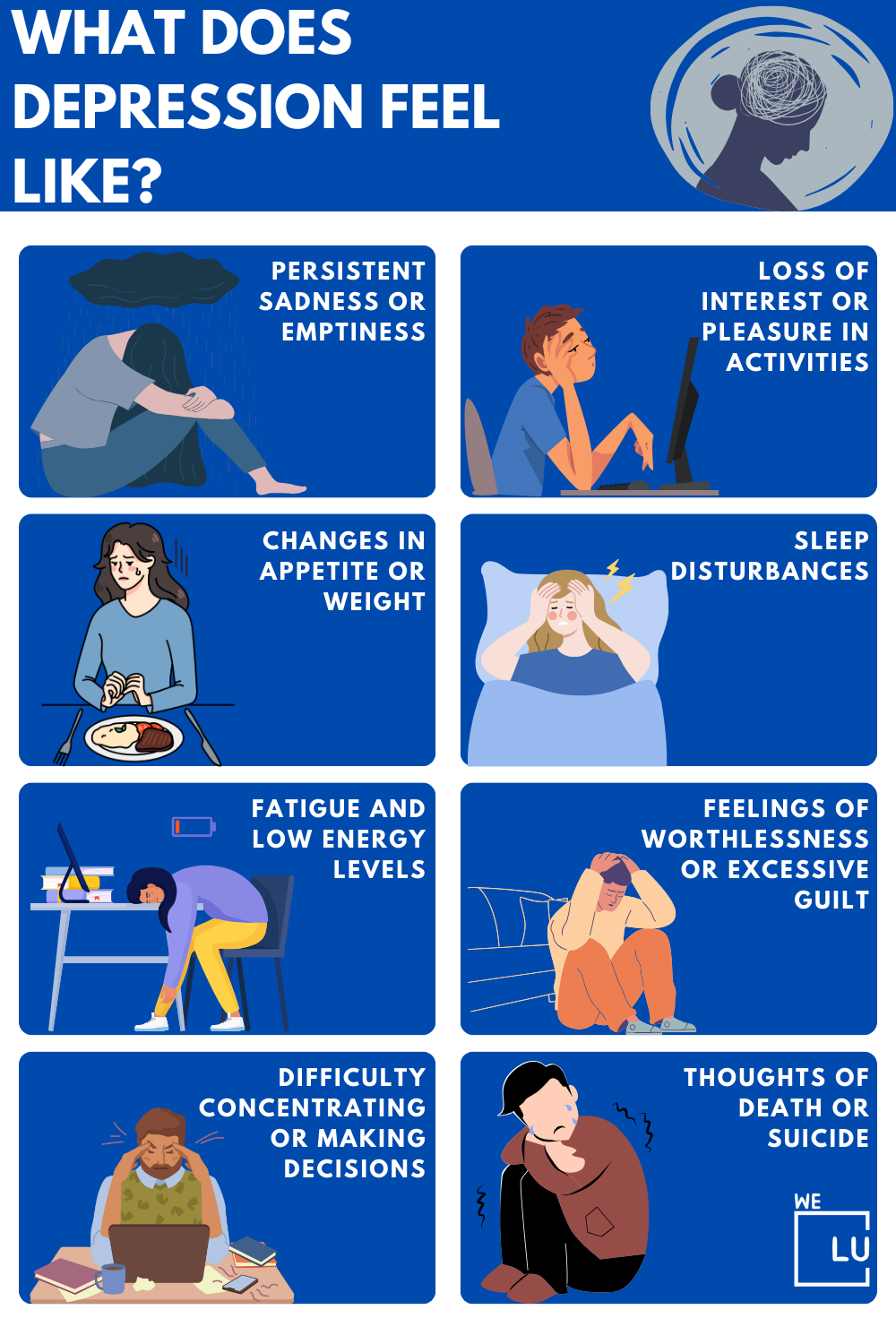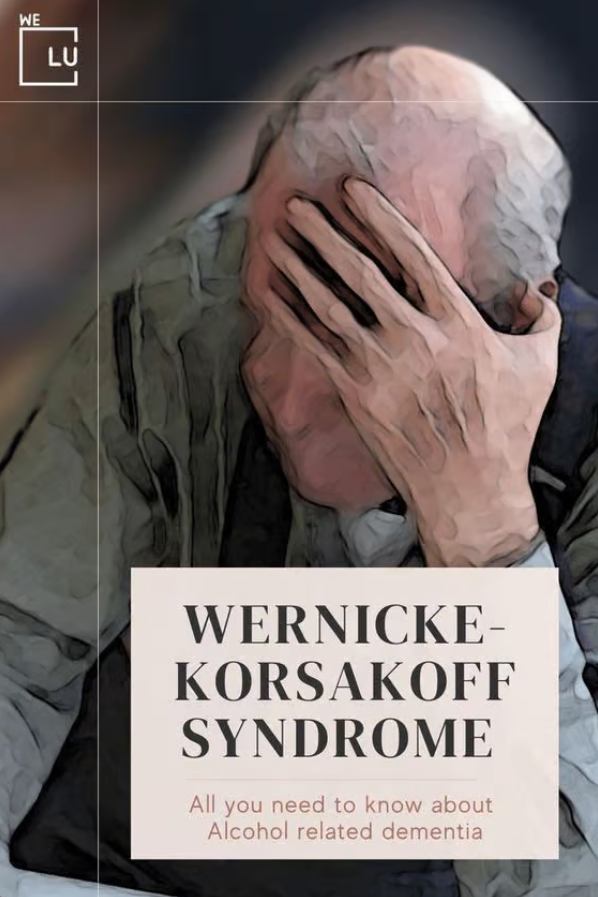Migraine and Depression
Headaches, characterized by sharp, throbbing pains in various areas of the head, are commonly encountered, with approximately 80 percent of adults experiencing tension headaches.
However, when headaches are associated with depression, it could indicate the presence of other chronic issues.
Depression can sometimes trigger headaches, along with other bodily pains. Studies have revealed robust connections between tension headaches and mental health conditions like depression and anxiety.
For instance, research highlighted by the Anxiety and Depression Association of America (ADAA) revealed that roughly 11 percent of individuals with mental health disorders experienced migraine attacks preceding their conditions. These disorders encompass major depression, bipolar disorder, and anxiety disorders.
Additionally, the ADAA notes that up to 40 percent of individuals experiencing migraines may also contend with depression. Other forms of headaches might be secondary or symptomatic of depression.
Comprehending the causes and symptoms of depression-related headaches can aid in more effective treatment and preventive measures. Educating oneself on these matters can facilitate productive discussions with a healthcare professional.
What is Depression?
Depression (also known as Major Depressive Illness or Clinical Depression) is a common but significant mood disorder, according to the National Institute of Mental Health. It produces severe symptoms that interfere with your ability to function daily, including sleeping, eating, and working. The signs of depression must last for at least two weeks before a diagnosis may be made.
Depression treatment is required when depressive symptoms are chronic and do not go away since some types of depression are slightly different or may arise in unusual situations.
The Link of Migraine and Depression
The correlation between depression and headaches appears to be substantiated by various studies. Individuals with depression tend to have a higher likelihood of experiencing diverse types of headaches, including:
- Tension headaches cause a squeezing or pressure-like sensation, often affecting both sides of the head. They stem from muscle tension in the head or neck, commonly associated with stress and depression. Morning (wake-up) headaches: These headaches initiate early in the morning or upon waking up and are linked to depression, teeth grinding, and sleep apnea.
- Migraine headaches: Characterized by severe pain, migraines often present with additional symptoms such as throbbing pain on one side of the head, sensitivity to light and sound, and nausea or vomiting.
The exact cause of migraines remains unclear. Conversely, individuals experiencing headaches and migraines have a heightened tendency to encounter depression. This association is particularly evident in cases of chronic or severe headaches. Several studies have suggested that nearly 80% of individuals with migraines may experience depression at some point.
Additionally, there appears to be a higher occurrence of migraines and headaches in conjunction with other mental health conditions. Links have been observed with anxiety disorders, post-traumatic stress disorder (PTSD), bipolar disorder, and substance use disorders.
Can Depression Cause Migraines?
Scientists lack complete certainty regarding the relationship between headaches and depression. There remains ambiguity as to whether headaches precede depression, if migraines and headaches serve as symptoms of depression, or if both scenarios coexist.
However, evidence suggests a bidirectional relationship—wherein headaches heighten the likelihood of depression, and conversely, depression increases the probability of headaches. This mutual risk appears more pronounced in cases involving depression and migraines compared to other headache types.
The underlying mechanisms triggering this relationship remain unclear. Various biological and environmental factors probably interact, elevating the risk of experiencing both headaches and depression in specific individuals.
Several proposed risk factors include:
- Brain neurotransmitters: Specific brain chemicals, like serotonin and dopamine, potentially play a role in both headaches and depression. Individuals with depression and migraines often exhibit abnormal levels of these neurotransmitters. Reduced serotonin levels might increase the susceptibility to experiencing both depression and migraines.
- Family history: Genetic factors could contribute to an increased predisposition to both depression and migraines. These conditions frequently exhibit familial patterns.
- Life experiences: Experiences such as childhood trauma, racial trauma, and persistent stress are associated with an elevated risk of developing headaches and depression.
- Hormonal changes: Variations in hormone levels, like those occurring during puberty, pregnancy, or menopause, are linked to mood changes and headaches in many individuals.
- Sleep disturbances: Sleep difficulties can trigger headaches and exacerbate feelings of depression or anxiety. This interaction can create a cyclical pattern as both headaches and depression can negatively impact sleep quality.
- Alcohol consumption: Alcohol use has connections to heightened feelings of depression and may trigger headaches and migraines in specific individuals.
- Medical conditions: Conditions like heart disease, irritable bowel syndrome, fibromyalgia, and chronic fatigue syndrome have associations with both headaches and depression.
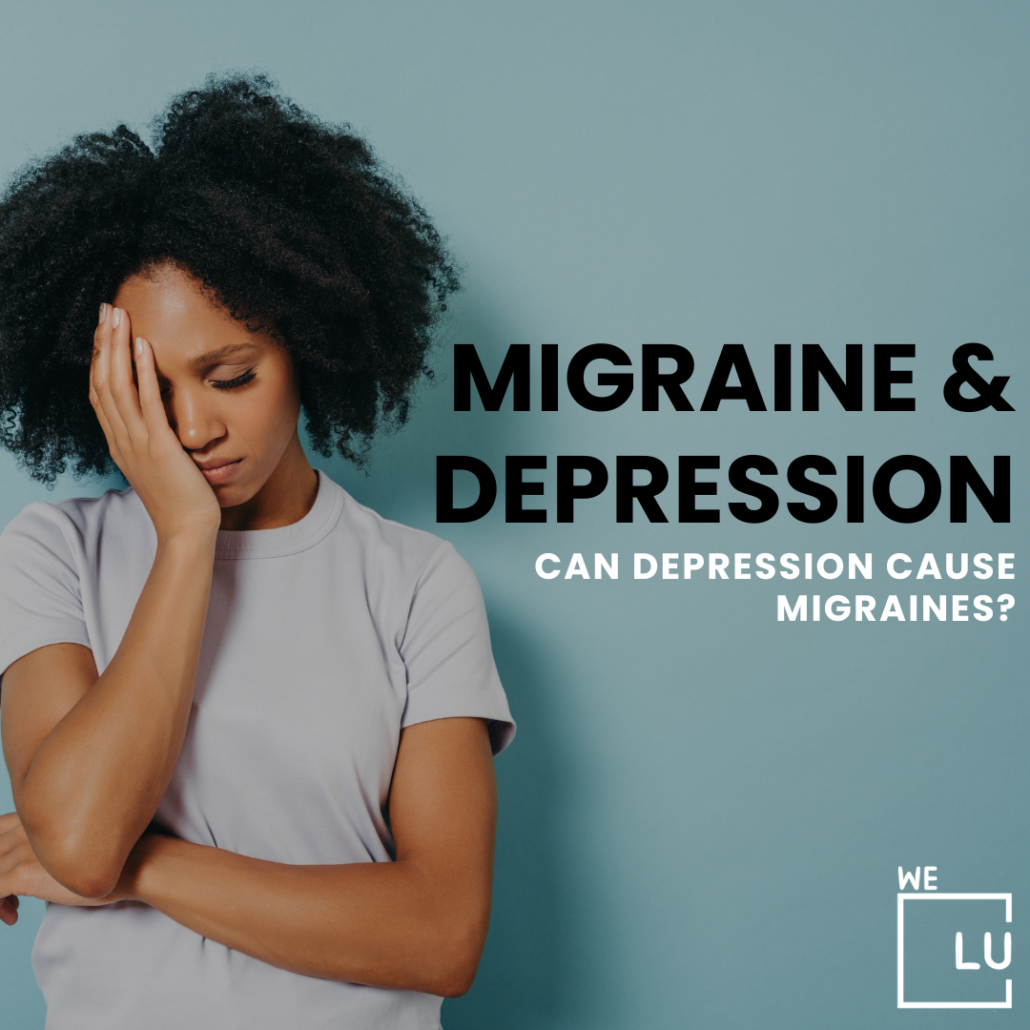
Skip To:
Learn More:
- Do Crystals For Depression Work?
- Depression and ADHD: What’s the Link?
- Autism and Depression Connection, Diagnosis & Treatment
- Signs of Depression in Men, Causes, & What to Know
- Rehab for Depression & Anxiety Treatment
- Short-Term Disability Mental Health
- Depression and Anxiety Therapist Fort Lauderdale. EMDR Therapy Fort Lauderdale.
- Learn How to Cope with Depression. 10 Ways to Cope with Depression.
- What Is Mild Depression? Symptoms & Treatment
Types of Depression
- Persistent depressive disorder (also called dysthymia) is a depressed mood that lasts for at least two years. A person diagnosed with persistent depressive disorder may have episodes of major Depression along with periods of less severe symptoms. Still, symptoms must last for two years to be considered a persistent depressive disorder.
- Psychotic Depression: occurs when a person has severe depression plus some form of psychosis, such as having disturbing false fixed beliefs (delusions) or hearing or seeing upsetting things that others cannot hear or see (hallucinations). The psychotic symptoms typically have a depressive “theme,” such as delusions of guilt, poverty, or illness.
- Bipolar Disorder is different from Depression, but it is included in this list because someone with bipolar disorder experiences episodes of extremely low moods that meet the criteria for major Depression (called “Bipolar Depression”). But a person with bipolar disorder also experiences extreme high – euphoric or irritable – moods called “mania” or a less severe form called “hypomania.”
- Postpartum Depression is much more serious than the “baby blues” (relatively mild depressive and anxiety symptoms that typically clear within two weeks after delivery) that many women experience after giving birth. Women with postpartum Depression experience full-blown major Depression during pregnancy or after delivery (postpartum depression). The feelings of extreme sadness, anxiety, and exhaustion that accompany postpartum depression may make it difficult for these new mothers to complete daily care activities for themselves and their babies.
- Seasonal affective disorder is characterized by the onset of Depression during the winter months, when there is less natural sunlight. This Depression generally lifts during spring and summer. Winter Depression, typically accompanied by social withdrawal, increased sleep, and weight gain, predictably returns every year in seasonal affective disorder.
- SAD Seasonal Depression: A form of depression known as seasonal affective disorder (SAD) is triggered by the changing of the seasons; it starts and ends about at the same periods each year. If you have SAD, as the majority of people do, your symptoms begin in the fall and last through the winter, draining your energy and making you cranky. Typically, these symptoms go away in the spring and summer. SAD less frequently results in depression in the spring or early summer and clears up in the fall or winter. SAD treatment options include medications, psychotherapy, and light therapy (phototherapy).
Get Help. Get Better. Get Your Life Back.
Searching for Accredited Dual Diagnosis Mental Health Centers Near You?
Even if therapy failed previously, or are in the middle of a difficult crisis, we stand ready to support you. Our trusted behavioral health specialists will not give up on you. When you feel ready or just want someone to speak to about counseling alternatives to change your life call us. Even if we cannot assist you, we will lead you to wherever you can get support. There is no obligation. Call our hotline today.
FREE 24/7 Dual Diagnosis Mental Health Services Hotline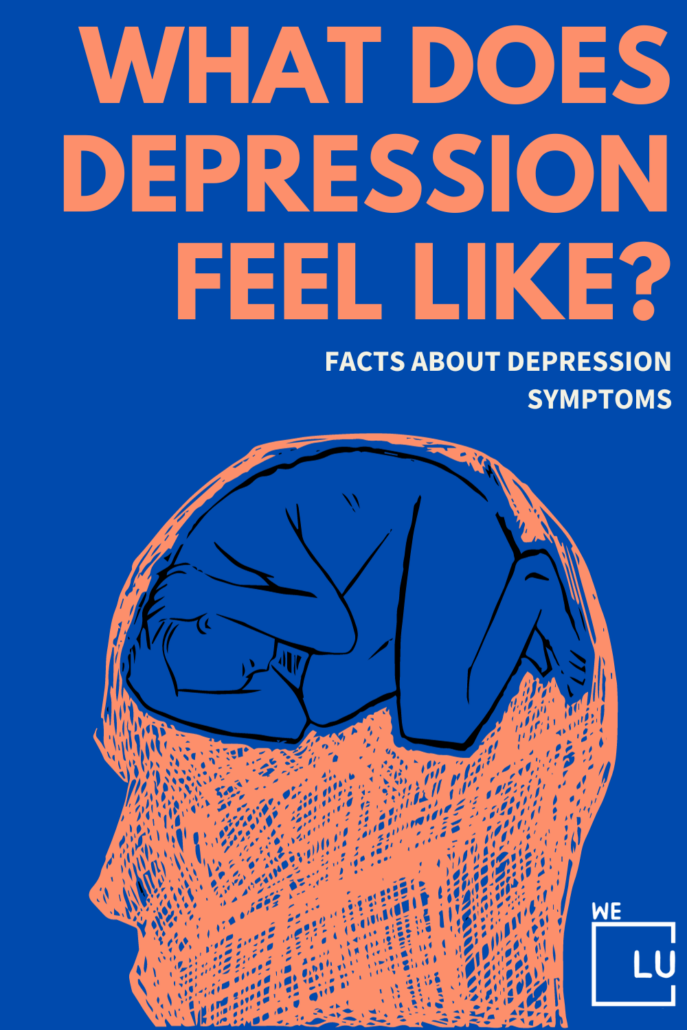
Migraine Symptoms
Headaches bring about head pain, the nature and severity of which vary based on the type of headache one is experiencing.
Headaches may entail some or all of these symptoms:
- A continuous dull ache.
- Intense sharp pain.
- Radiating pain that spreads across multiple areas of the head.
- Throbbing sensation.
Sinus Headache: Sinus headaches usually involve pain in the regions surrounding the forehead, cheeks, and nose, where the sinuses are situated. While they aren’t commonly linked with depression, recurring sinus headaches can diminish one’s quality of life.
Tension Headache: Tension headaches may manifest in the middle of the head and are often accompanied by neck discomfort. They tend to develop gradually due to muscle contractions in the neck and scalp. Such headaches are secondary to depressive symptoms.
Migraine: Migraine attacks can appear suddenly and last for hours or even days, unlike other headache types. Migraines can cause extreme sensitivity to light and sound, nausea (with or without vomiting), and hinder regular tasks, leading to work or social engagement cancellations. These attacks often precede or coincide with depression.
Depression can either prompt a headache or emerge as a consequence of frequent headaches, notably migraines. It is crucial to recognize the symptoms of depression to seek appropriate treatment.

End the Emotional Pain. Get Your Life Back.
Feeling Depressed, Anxious or Struggling with Mental Health Illness? Get Safe Comfortable Mental Health Dual Diagnosis High-Quality Therapy From Counselors That Care. Begin Your Recovery Now.
Hotline (855) 940-6125Pain and Depression
Transformative migraine was the previous name for chronic migraine. A headache that lasts at least 15 days per month for more than three months is considered chronic. One could anticipate that someone who experiences chronic pain will also experience depression.
According to research, those who have other types of chronic pain, such as lower back pain, do not experience depression as frequently as those who suffer from migraines. Because of this, it is believed that there is a connection between migraine and mood disorders that is not always related to the condition’s ongoing pain.
It’s unclear just what kind of relationship this could be. Numerous rationales could apply. The onset of mood disorders like depression may be influenced by migraine, or it may be the other way around. Alternately, a risk factor may be associated with the environment for both diseases. Though doubtful, it’s also feasible that the apparent connection results from coincidence.
Depression After Migraine and Depression Before Migraine
People with regular migraine headaches report a lower quality of life than those who only have them occasionally. People with chronic migraine who additionally suffer from depression or an anxiety condition have a higher risk of disability and lower quality of life. Some people even claim that their headache symptoms get worse following a depressive episode.
According to research, those who get migraines with aura are more likely to experience depression than those who experience migraines without aura. Doctors are recommended to check patients for depression since there may be a link between severe depression and recurrent migraines.
First-class Facilities & Amenities
World-class High-Quality Mental Health Services & Behavioral Health Substance Abuse Treatment
Rehab Centers TourRenowned Mental Health Centers. Serene Private Facilities. Inpatient Rehab Programs Vary.
Mental Health Helpline (855) 940-6125Proven recovery success experience, backed by a Team w/ History of:
15+
Years of Unified Experience
100s
5-Star Reviews Across Our Centers
10K
Recovery Successes
- Comprehensive Dual-Diagnosis Treatment
- Complimentary Family & Alumni Programs
- Coaching, Recovery & Development Events
- Comfortable Onsite Medical Detox Center
Depression Migraine Medication Options
Antidepressant medication may be used to treat both problems when depression coexists with persistent migraine. However, it’s crucial to avoid combining triptans with selective serotonin reuptake inhibitor (SSRI) medications. Serotonin syndrome is a rare and potentially deadly adverse effect that can be brought on by the interaction between these two groups of drugs.
Too much serotonin in the brain causes this possibly lethal interaction. Antidepressants such as SSRIs and a related family of medications known as selective serotonin/norepinephrine reuptake inhibitors (SSNRIs) function by increasing the amount of serotonin that is present in the brain.
Modern migraine treatments include a class of medications called triptans. They function by attaching to serotonin receptors in the brain. This lessens swollen blood vessels, which eases migraine pain. Currently, seven distinct triptan medicines are prescribed and available. Another medication mixes the over-the-counter painkiller naproxen with the prescription painkiller triptan. Brand names consist of:
- Amerge.
- Axert.
- Frova.
- Imitrex.
- Maxalt.
- Relpax.
- Treximet.
- Zecuity.
- Zomig.
This type of medication comes in:
- Oral pill.
- Nasal spray.
- Injectables.
- Skin patch.
Why Should You See a Doctor About Your Migraines and Depression?
If you’re facing depression alongside headaches or migraines, it’s advisable to seek guidance from a healthcare professional. Left untreated, these conditions can impact your relationships, work performance, and overall well-being. It’s crucial to seek assistance, even if your symptoms aren’t severe. Initiating treatment early can expedite your path to recovery.
During your consultation, ensure you communicate all your symptoms to your healthcare provider. They won’t automatically assume depression solely based on your discussion of migraine symptoms. It’s essential to consider your provider lacks information about any symptoms unless you mention them. Comprehensive symptom disclosure aids your provider in determining the most suitable treatment plan.
Your provider might inquire about your medical history or ask you to complete symptom-focused questionnaires and undergo blood tests or brain scans. Keep in mind: Certain medical conditions, like hypothyroidism, can trigger both headaches and depression. Blood tests will assist your provider in identifying potential additional medical concerns. Brain scans, such as MRI (magnetic resonance imaging), are employed to rule out other causes of your headaches.
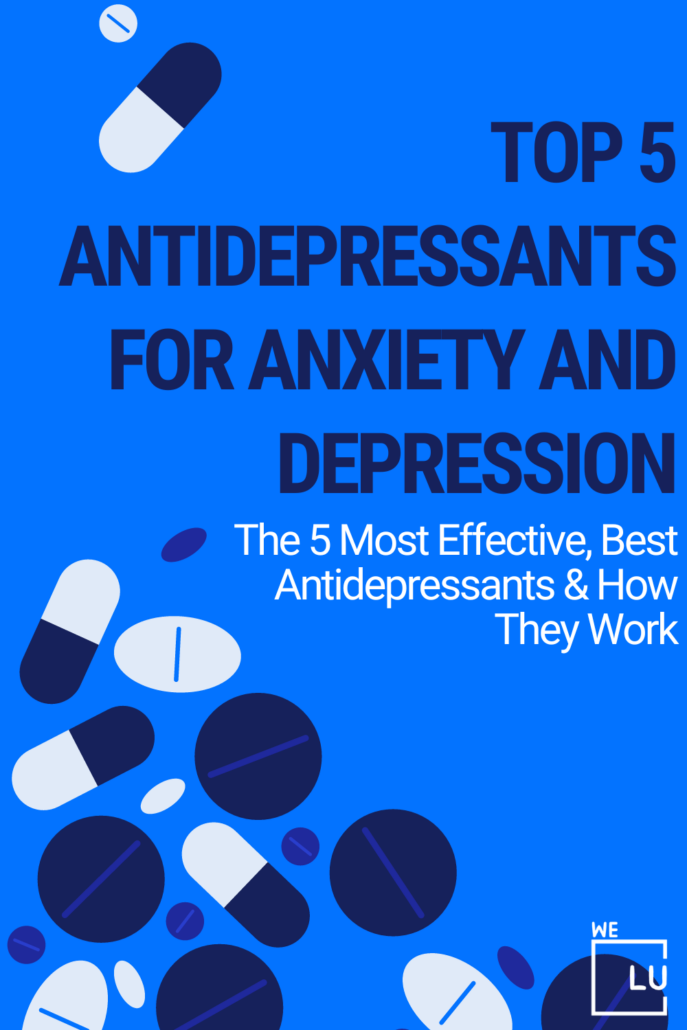
How to Prevent Depression and Migraines?
Besides utilizing prescribed medications, adopting lifestyle changes can significantly assist in managing underlying depression, potentially contributing to your headaches:
- Nutrition: Embracing a balanced diet of whole foods and removing processed ingredients can effectively support brain function and overall mood regulation.
- Physical Activity: Regular exercise, though challenging during a headache episode, can promote better oxygen circulation in the body, potentially reducing the frequency of headaches in between severe attacks.
- Stress Reduction: Effective stress management techniques and social engagement are valuable in treating and preventing depression.
- Complementary Approaches: Alternative therapies like acupuncture, yoga, and massage can offer additional support in managing symptoms.
Be cautious with over-the-counter (OTC) headache medications. Excessive reliance on these medications may lead to rebound headaches. Rebound headaches occur when the body becomes accustomed to the medicines, rendering them less effective and often resulting in more intense headaches.
World-class, Accredited, 5-Star Reviewed, Effective Mental Health Dual Diagnosis Programs. Complete Integrated Inpatient Rehab with Free Post Discharge Therapy Planning.
CALL (855) 940-6125End the Emotional Pain Rollercoaster. Gain Stability & Happiness Through Recovery Treatment. Start Mental Health Counseling Today. Get Free No-obligation Guidance by Behaviroal Health Specialists Who Understand Mental Health Recovery.
We Level Up Migraine Depression Treatment
At We Level Up Mental Health Treatment Center, we offer a comprehensive range of services tailored to address depression and support individuals on their journey towards mental wellness. Our approach encompasses various therapeutic modalities and personalized care to meet the diverse needs of each individual seeking assistance.
- Individualized Therapy Sessions: Our center provides one-on-one therapy sessions facilitated by experienced mental health professionals. These sessions aim to explore and address the root causes of depression, equip individuals with coping strategies, and foster personal growth and healing.
- Group Therapy and Support: We believe in the power of community and offer group therapy sessions where individuals can connect, share experiences, and find solidarity among peers facing similar challenges. These supportive environments foster empathy, understanding, and shared coping mechanisms.
- Evidence-Based Treatments: Our center emphasizes evidence-based treatments such as Cognitive Behavioral Therapy (CBT), Mindfulness-Based Cognitive Therapy (MBCT), and Dialectical Behavior Therapy (DBT). These therapeutic approaches have shown efficacy in managing and alleviating symptoms of depression.
- Holistic Wellness Programs: We incorporate holistic approaches to mental health, including yoga, meditation, art therapy, and mindfulness practices. These activities promote relaxation, stress reduction, and emotional regulation, contributing to overall well-being.
- Psychiatric Services: We offer psychiatric evaluations and medication management for individuals who might benefit from pharmacological interventions as part of their depression treatment plan. Our team of psychiatrists collaborates closely with therapists to ensure comprehensive care.
- Aftercare and Continued Support: Our commitment extends beyond treatment completion. We provide aftercare programs and ongoing support to help individuals transition back into their daily lives equipped with tools to sustain mental wellness.
Clinical Depression Symptoms and Signs
Experience Transformative Recovery at the We Level Up Treatment Center.
See our authentic success stories. Get inspired. Get the help you deserve.



Start a New Life
Begin with a free call to a behavioral health treatment advisor. Learn more about our dual-diagnosis programs. The We Level Up treatment center network delivers recovery programs that vary by each treatment facility. Call to learn more.
- Personalized Care
- Caring Accountable Staff
- World-class Amenities
- Licensed & Accredited
- Renowned w/ 5-Star Reviews
We’ll Call You
Search We Level Up FL Migraine and Depression, What’s the Connection? Resources
Sources
- American Migraine Foundation. (2016). Migraine, stroke, and heart disease. Migraine and Depression-related articles
- American Migraine Foundation. (2021). Migraine prevention 101: What it is, when, and why. Migraine and Depression-related articles
- American Migraine Foundation. (2022). Alcohol and migraine. Migraine and Depression
- Baskin, S. M., et al. (2011). Comorbidity between migraine and depression: Update on traditional and alternative treatments. Neurological Sciences. Migraine and Depression-related articles
- Bender, E. (2004). Morning headaches may signal depression and anxiety disorders. Psychiatric News. Migraine and Depression-related articles
- Breslau, N., et al. (1991). Migraine, psychiatric disorders, and suicide attempts: An epidemiologic study of young adults. Psychiatry Research. Migraine and Depression-related articles
- Breslau, N., et al. (2000). Headache and major depression: Is the association specific to migraine? Neurology. Migraine and Depression-related articles
- Buse, D. C., et al. (2009). Behavioral medicine for migraine. Neurologic Clinics. Migraine and Depression-related articles
- Buse, D. C., et al. (2012). Psychiatric comorbidity of episodic and chronic migraine. Journal of Neurology. Migraine and Depression-related articles
- Leo, R. J., et al. (2016). Migraine headache and bipolar disorder comorbidity: A systematic review of the literature and clinical implications. Scandinavian Journal of Pain. Migraine and Depression-related articles
